Phase contrast time-lapse imaging reveals dynamic cellular behaviors through advanced techniques: quantitative differential phase contrast with dual-color pupils, multi-day tracking with growth factor visualization, computer-aided annotation for lineage mapping, precise mitosis detection, high dynamic range acquisition for morphological changes, synchronized shutter systems, and transparent specimen imaging. You’ll capture nearly 50,000 high-resolution images over days, transforming cellular research. Discover how these seven approaches can dramatically enhance your visualization of critical biological processes in real-time.
7 Stunning Time-Lapse Techniques for Phase Contrast Imaging
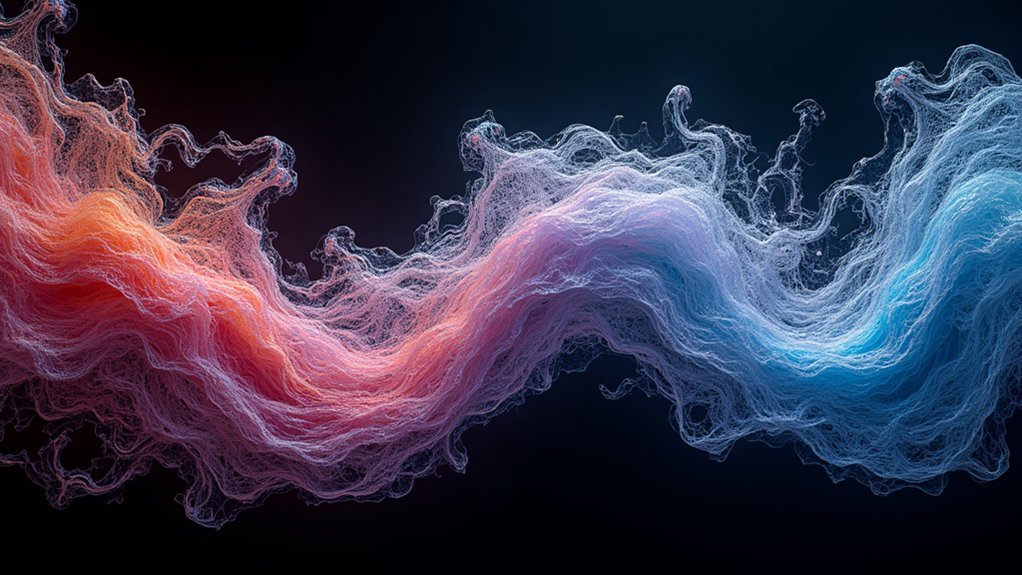
While traditional microscopy offers only static glimpses of cellular life, phase contrast time-lapse imaging reveals the dynamic narrative of cells in motion.
You’ll capture remarkable cellular behaviors by collecting images at regular intervals—like the C2C12 myoblast study that gathered nearly 50,000 phase contrast images over 3.5 days at 5-minute intervals.
This powerful technique allows you to observe critical processes such as migration and apoptosis in real-time.
With high-resolution TIFF formats (1392 × 1040 pixels, 16-bit depth), you’ll analyze cell morphology with exceptional detail across different growth factor conditions.
For accurate results, implement tracking-by-detection approaches that integrate segmentation and mitosis detection.
These automated systems precisely follow individual cells through time-lapse sequences, transforming thousands of images into coherent stories of cellular behavior under varying experimental conditions.
Advanced Illumination Methods for Enhanced Cellular Contrast
Because conventional phase contrast microscopy often struggles with image noise and limited contrast, quantitative differential phase contrast (qDPC) has emerged as a revolutionary approach for cellular imaging. By utilizing partially coherent light, qDPC enhances phase contrast while reducing speckle noise, allowing you to observe dynamic processes in living cells with remarkable clarity.
Quantitative differential phase contrast revolutionizes cellular imaging by overcoming noise limitations while revealing dynamic processes with unprecedented clarity.
The implementation of dual-color linear-gradient pupils in qDPC systems enables isotropic phase contrast response with just two intensity measurements, dramatically accelerating phase retrieval.
When configuring your advanced illumination methods, balance illumination strength carefully to maximize signal-to-noise ratio without inducing phototoxicity. This is essential for extended time-lapse imaging of sensitive specimens.
For best results, consider incorporating TFT shields that filter white light into distinct color channels, minimizing color leakage and improving your reconstructed image quality.
Multi-Day Live Cell Tracking With Growth Factor Visualization
Advanced illumination techniques lay the groundwork for the more complex challenge of multi-day cell tracking. When you’re capturing Phase contrast time-lapse sequences, proper image acquisition becomes essential for visualizing growth factor effects on cellular behavior.
The C2C12 myoblast dataset demonstrates this complexity—48 sequences spanning 3.5 days at 5-minute intervals, totaling nearly 50,000 images across four experimental conditions. You’ll notice how FGF2 and BMP2 treatments distinctly affect cell division patterns when tracked consistently.
Implementing a tracking-by-detection approach helps you monitor cellular dynamics accurately. The thorough annotation system identifies 18 different cell states, from normal to apoptotic, providing deeper insights into growth factor influence.
This meticulous tracking process—requiring 60-90 hours for a single 780-frame sequence—delivers valuable data for understanding long-term cellular responses.
Computer-Aided Annotation Systems for Cell Lineage Mapping
You’ll find that computer-aided annotation systems have revolutionized cell lineage mapping by reducing the 60-90 hour manual tracking time while maintaining high accuracy standards.
The two-tier validation approach helps minimize lineage error propagation, which is critical since a single mistake can invalidate downstream tracking results.
Integrating the in-house tracking-by-detection system with manual curation creates a powerful hybrid approach that consistently labels cells across 18 different states throughout their developmental journey.
Automation Meets Biology
While manual cell tracking remains the gold standard for accuracy, the sheer volume of data in modern time-lapse phase contrast imaging necessitates automated solutions. You’ll find that tracking 30 cells manually can consume 60-90 hours of expert time—completely impractical for datasets like the one containing 49,919 images across 48 sequences.
| Automation Component | Function | Benefit |
|---|---|---|
| Segmentation | Identifies cell boundaries | Reduces manual outlining |
| Mitosis Detection | Flags cell division events | Captures lineage branches |
| Association | Links cells between frames | Maintains identity over time |
| Validation | Two-tier curation | Guarantees reliable ground truth |
The tracking-by-detection approach combines these elements to map thorough cell lineages across 3.5 days of imaging, capturing 18 different cellular states under varying culture conditions.
Lineage Error Propagation
Automated systems excel at handling vast datasets, but they face a serious challenge: lineage error propagation. When tracking individual cells through long-term imaging sequences, even minor mistakes can cascade, greatly impacting biological interpretations.
The complexity becomes apparent when you consider that manually annotating a single cell lineage requires 2-3 hours of focused work.
Effective tracking systems combat these errors using a tracking-by-detection approach. This includes rigorous segmentation and association modules that function even in limited spatial resolution. A vital three-step mitosis detection process identifies cytokinesis events, accurately mapping parent-daughter relationships.
To maintain consistency, both automated and manual systems employ identical annotation schemes. This standardization allows for systematic error correction throughout the lineage mapping process, ensuring that your image analysis remains reliable despite the inherent challenges.
Mitosis Detection and Parent-Daughter Relationship Imaging
Because cells divide rapidly in time-lapse experiments, accurate mitosis detection forms the cornerstone of effective phase contrast imaging. You’ll need to construct candidate patch sequences based on pixel intensity to identify potential mitotic regions. The three-step detection approach includes identifying cytokinesis, which greatly enhances tracking accuracy of parent-daughter relationships.
Your tracking system should employ a probabilistic model that evaluates each candidate using machine learning algorithms. This guarantees precise mapping of cell lineage through division events.
| Detection Stage | Purpose | Output |
|---|---|---|
| Candidate Selection | Identify potential divisions | Patch sequences |
| Probabilistic Modeling | Evaluate division likelihood | Confidence scores |
| Real-time Observation | Track morphological changes | Complete lineage map |
This methodology allows you to observe cell division in real-time, providing valuable insights into cellular responses under various experimental conditions.
High Dynamic Range Acquisition for Complex Morphological Changes
Since cellular morphology constantly changes throughout the cell cycle, high dynamic range (HDR) acquisition provides the essential pixel intensity bandwidth needed to detect subtle variations.
When you’re studying complex cellular behaviors in phase contrast imaging, HDR capabilities capture remarkable detail with pixel values ranging from 298 to 4095, offering unprecedented clarity.
Your time-lapse imaging experiments will benefit from HDR through:
- Superior visualization of morphological changes with mean pixel values between 1282-1937
- Enhanced observation of complex dynamics like apoptosis and migration without fluorescent labels
- Thorough data collection spanning days (like the referenced dataset with 49,919 images over 3.5 days)
You’ll capture transparent specimens with exceptional detail, revealing intricate biological processes in real-time that would otherwise remain hidden using conventional imaging techniques.
Synchronized Shutter Systems for Precise Frame Rate Control
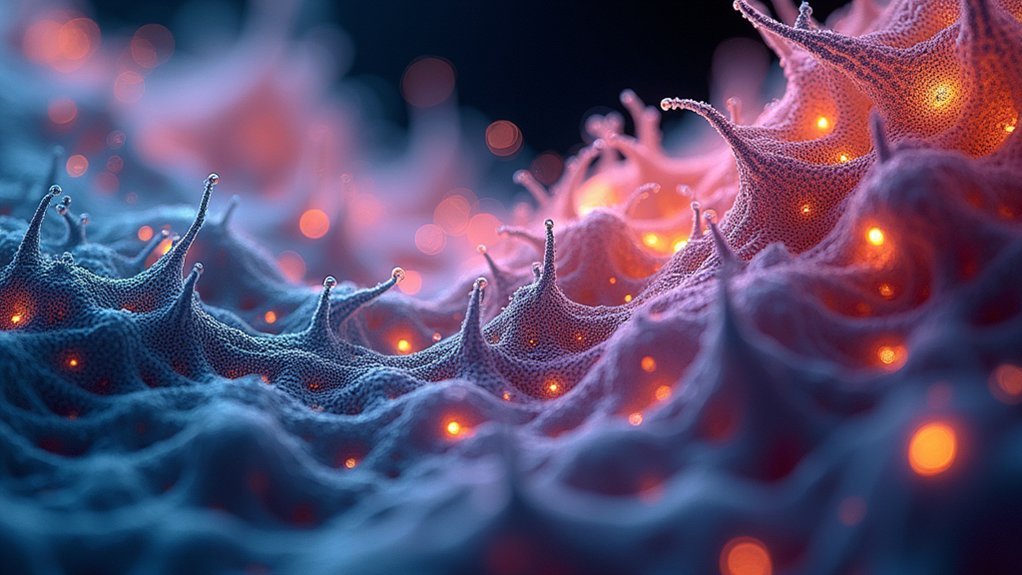
While capturing cellular behaviors in real-time, synchronized shutter systems serve as the backbone of reliable time-lapse phase contrast imaging.
You’ll achieve consistent intervals between images by coordinating the precise opening and closing of shutters with your camera’s capture sequence. This synchronization is essential when you’re monitoring cell growth over several days.
By maintaining exact frame rates—such as capturing an image every 5 minutes—you’ll create thorough time-lapse sequences that accurately represent dynamic cellular processes without motion artifacts.
The integration of these systems with phase contrast microscopy enhances your ability to visualize subtle morphological changes.
You’ll notice improved image quality and reduced variability between frames, allowing you to measure cell expansion or contraction with confidence while preserving the integrity of your biological observations.
Frequently Asked Questions
What Is the Time-Lapse Imaging Technique?
Time-lapse imaging captures sequences of images at set intervals, creating a movie that shows dynamic processes over time. You’ll see how it transforms hours or days of cellular activity into watchable, compressed visual data.
How Do You Get a Good Image Under Phase Contrast Microscope?
To get a good phase contrast image, you’ll need to adjust the condenser properly, guarantee correct alignment, use appropriate illumination intensity, and focus carefully on your specimen’s edges for maximum contrast.
What Is Phase Contrast Technique?
Phase contrast technique is an imaging method where you’ll see transparent specimens through light phase shifts. It’s converted to intensity variations, giving you high-contrast images of live cells without staining them.
What Is Time-Lapse Confocal Imaging?
Time-lapse confocal imaging lets you capture sequential images over time using a pinhole to block out-of-focus light. You’ll see dynamic cellular processes with higher resolution while controlling parameters like laser power and pinhole size.
In Summary
You’ve now explored seven powerful techniques that’ll transform your phase contrast imaging. By implementing these advanced methods, you’ll capture cellular dynamics with unprecedented clarity and detail. Whether you’re tracking divisions, mapping lineages, or visualizing morphological changes, these time-lapse approaches will elevate your research. Don’t hesitate to combine these techniques—your microscopy work will reveal cellular stories that were previously invisible to conventional imaging methods.

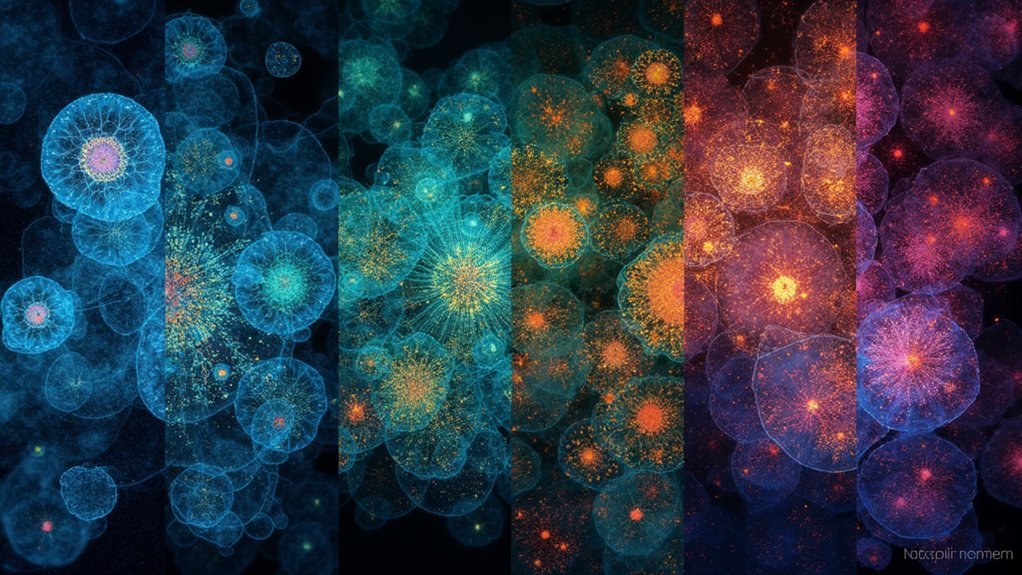
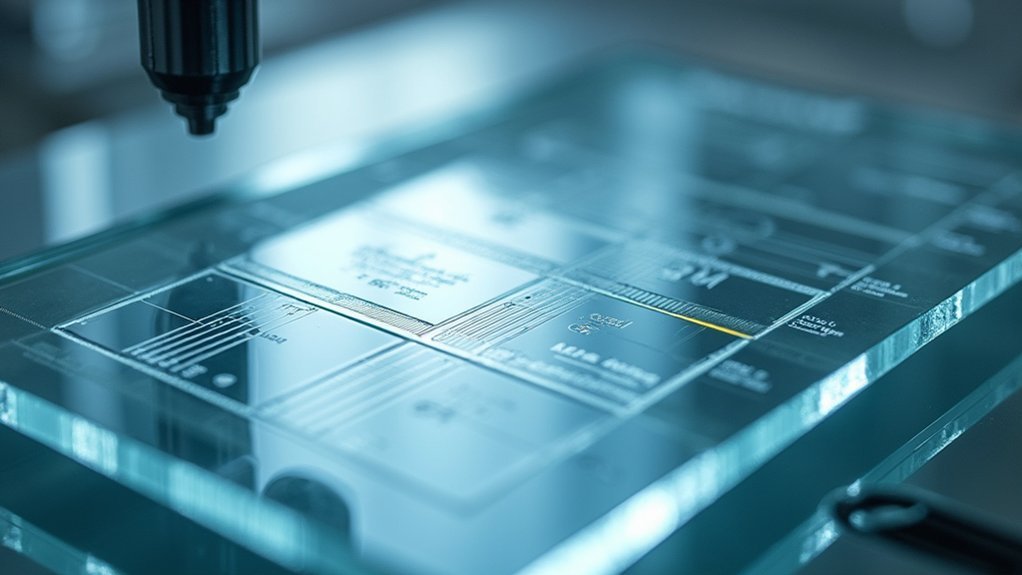
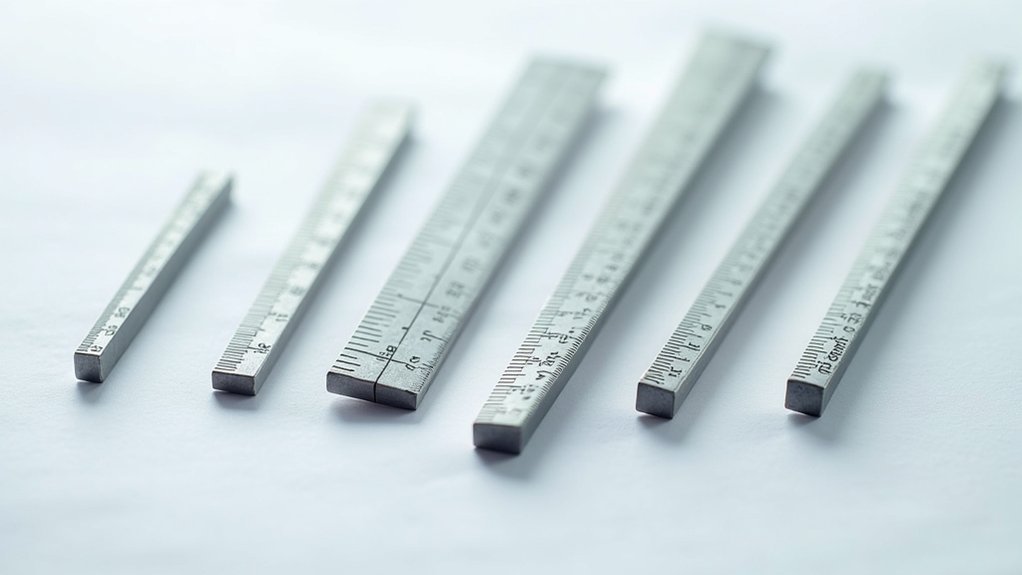

Leave a Reply